Biomedical Engineering Reference
In-Depth Information
STIMULATION OF EXCITABLE TISSUES
An electrically excitable cell in its resting state is essentially a charged capacitor. The cell
membrane is the dielectric, the ionic solutions on either side of the membrane constitute
the plates, and di
ff
erences in the concentrations of ions on each side generate a potential
di
ff
erence of about
70 to
90 mV (measured inside the cell against a reference in the
extracellular
fluid). To generate an action potential, the membrane capacitance must be
discharged by about 15 mV in a small region. This results in a brief sequence of openings
and closings of sodium and potassium channels in the membrane, which results in the
fl
ow
of the action current. The action current depolarizes and then repolarizes adjacent regions
of the cell membrane, giving rise to the action potential.
Excitable cells can be activated by a variety of stimuli, which include burning, mechan-
ical trauma, electrical currents, and very intense variable magnetic
fl
ciently
strong, any of these stimuli can depolarize the membrane of the excitable cells to a thresh-
old voltage level at which the regenerative mechanisms of the action potential take over.
However, the most common method of stimulating excitable tissue arti
fi
fields. If su
fi
cially is to pass an
electrical current through the target tissue.
Hodgkin and Huxley's classical experiments on excitable cells were carried out by plac-
ing electrodes inside the cells under study. They wisely chose a huge cell membrane (at
least as far as cells go), the giant squid axon, to make it easier to manipulate the electrodes
without destroying cells. To analyze the nonlinear properties of ion conductances underly-
ing action potentials, Hodgkin and Huxley [1952] used the voltage-clamp technique
1
developed by Kenneth Cole. As shown in Figure 7.1, space-clamp experiments usually
involve inserting two electrode wires into the axon, one for recording the transmembrane
voltage and the other for passing current into the axon. In the voltage clamp, the same
1
Cell electrophysiology is outside the scope of this topic. However, if you are interested in the subject, we would
like to refer you to what we consider is the most no-nonsense source of information on cell electrophysiology
and biophysics techniques: Axon Instruments Inc. publishes
The Axon Guide for Electrophysiology & Biophysics
,
which is a practical laboratory guide covering a broad range of topics, from the biological basis of bioelectricity
and a description of the basic experimental setup (including how to make pipette microelectrodes) to the princi-
ples of operation of advanced electrophysiology lab hardware and software. Best of all, you can download the
complete guide free from Axon's Web site at
www.axon.com/MR_Axon_Guide.html.



Search WWH ::

Custom Search